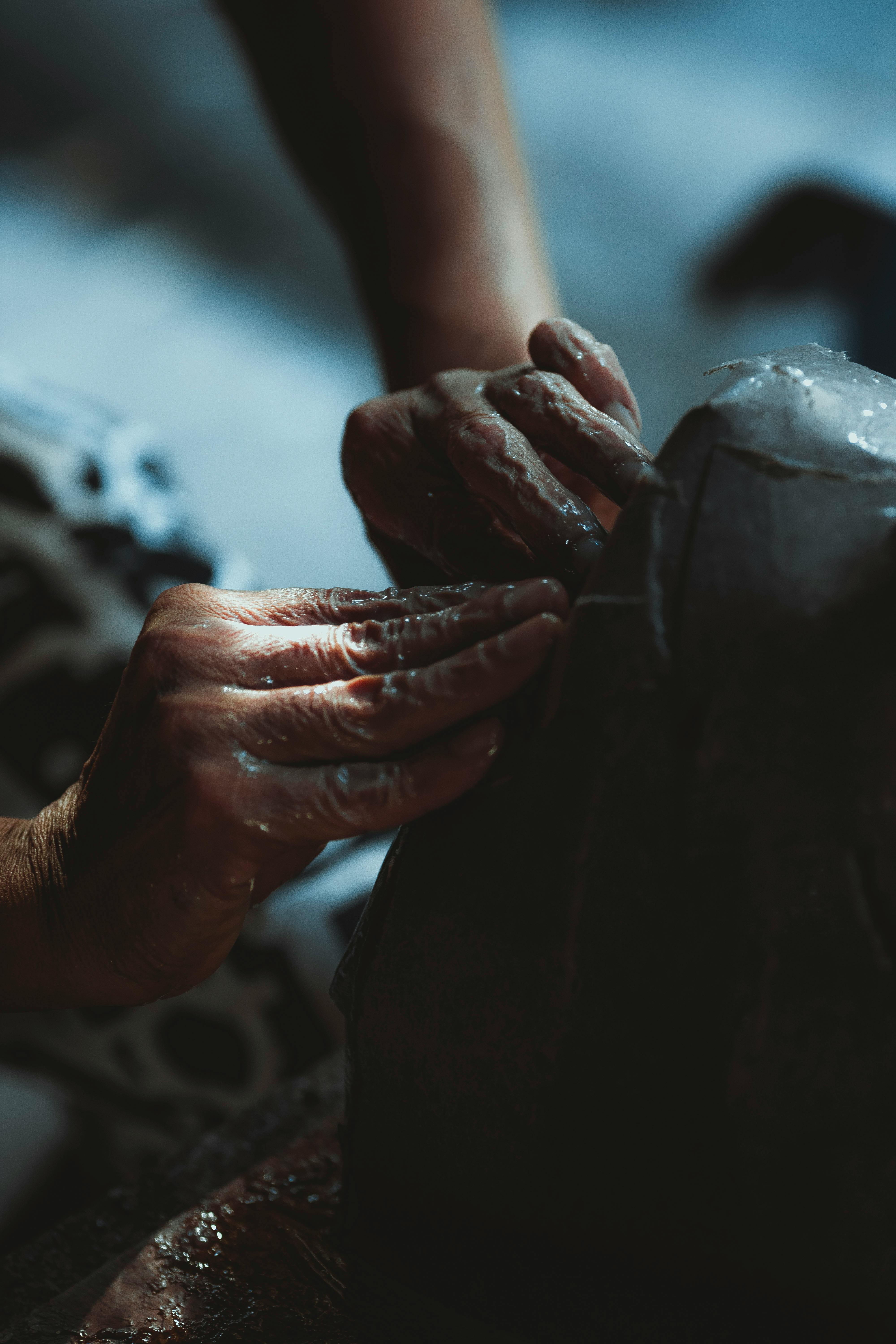 Pierre Anctil, a historical past professor at the University of Ottawa who has studied the Jewish neighborhood in Quebec, says it could be because of cultural variations. ” says Karen Balcom, a historical past professor at McMaster University in Hamilton, Ontario, and the author of “The Traffic in Babies: Cross-Border Adoption and Baby-Selling Between the United States and Canada.” There was “a premium, or need, for a child who’s, or can, be made to appear as Jewish,” she provides. ” To widen their DNA net, Reissa signed up for Ancestry within the spring of 2018. When she received her results, she linked with Bob Bryntwick. Bob was one in all five siblings in the house. On reverse ends of Canada, the estranged siblings had been piecing collectively their shared family tree. She grew up on a farm with thirteen siblings and by no means obtained a formal schooling. “I’m pondering that the Jewish community of the time was way more liberal-minded than the Catholics,” Anctil tells me, including that many young Jewish ladies within the post-World War II period were more empowered and unbiased, getting university-degree levels, pursuing careers in schooling and the medical field.
Pierre Anctil, a historical past professor at the University of Ottawa who has studied the Jewish neighborhood in Quebec, says it could be because of cultural variations. ” says Karen Balcom, a historical past professor at McMaster University in Hamilton, Ontario, and the author of “The Traffic in Babies: Cross-Border Adoption and Baby-Selling Between the United States and Canada.” There was “a premium, or need, for a child who’s, or can, be made to appear as Jewish,” she provides. ” To widen their DNA net, Reissa signed up for Ancestry within the spring of 2018. When she received her results, she linked with Bob Bryntwick. Bob was one in all five siblings in the house. On reverse ends of Canada, the estranged siblings had been piecing collectively their shared family tree. She grew up on a farm with thirteen siblings and by no means obtained a formal schooling. “I’m pondering that the Jewish community of the time was way more liberal-minded than the Catholics,” Anctil tells me, including that many young Jewish ladies within the post-World War II period were more empowered and unbiased, getting university-degree levels, pursuing careers in schooling and the medical field.
Additionally they could have had better access to contraceptives and safe abortion, Anctil says, and in more progressive communities, it might have additionally been less taboo for a single, Jewish girl to boost a child on her own versus the stress and disgrace Catholic women felt to give a child up for adoption. After World War II, there was important societal stress to have youngsters in Canada and the United States. What the Bryntwick children suspect was taking place of their dwelling was not unlawful in Quebec within the 1950s. Neither Canada nor the United States had federal legal guidelines barring the sale of infants. There’s no approach of knowing what number of infants were offered to couples in Canada and the United States, however in 1956 the Baltimore Sun reported that the baby trade across North America was valued at $25 million annually, which is about $250 million as we speak. In 1955 there was just one Canadian province that banned the act, and in 1956, The Washington Post reported, 32 states had “no criminal statute barring child sales.” This lack of oversight bred an exploitative setting.
 But with most of the inhabitants being Catholic, the church had a robust cultural hold over the province and many people turned to religious sources for social companies. But if a single, poor pregnant girl wished to avoid going to the church for help, essentially the most feasible possibility was a disreputable, underground and sometimes unsanitary maternity home, the place she would give delivery and then the sale was facilitated via a network of brokers, docs, attorneys and clergy. Because the clergy oversaw start registrations, some black-market brokers would employ a “phony mother.” This scheme meant the Catholic mother, who gave start at a maternity residence run by the brokers, would hand off her newborn to a Jewish woman, who would pretend to be the mother and bring the baby to a rabbi to register the child’s beginning; a Canadian or American Jewish family may then legally undertake the child in Quebec. Then Reissa and Bob found one another, all four sharing the same biological mother: Anne Chop Bryntwick.
But with most of the inhabitants being Catholic, the church had a robust cultural hold over the province and many people turned to religious sources for social companies. But if a single, poor pregnant girl wished to avoid going to the church for help, essentially the most feasible possibility was a disreputable, underground and sometimes unsanitary maternity home, the place she would give delivery and then the sale was facilitated via a network of brokers, docs, attorneys and clergy. Because the clergy oversaw start registrations, some black-market brokers would employ a “phony mother.” This scheme meant the Catholic mother, who gave start at a maternity residence run by the brokers, would hand off her newborn to a Jewish woman, who would pretend to be the mother and bring the baby to a rabbi to register the child’s beginning; a Canadian or American Jewish family may then legally undertake the child in Quebec. Then Reissa and Bob found one another, all four sharing the same biological mother: Anne Chop Bryntwick.
Next got here Ann in 1946, the product of certainly one of their mother’s flings, according to Bob. For couples who couldn’t have youngsters of their own, adoption was widespread and one in every of the only methods to attain a nuclear household. On the other finish of the spectrum, there were not sufficient Jewish kids up for adoption and too many Jewish couples across North America in search of one. With not enough Catholic households seeking to undertake, the church-run orphanages have been overcrowded. Anne was born in 1914 to a Ukrainian Catholic household in Winnipeg, Manitoba. There was the oldest, Ed, born in 1939, the results of Anne’s first and only husband, Alex Bryntwick. Knowing what we all know now, it’s tough to imagine why the ladies who have been abused by NXIVM and its chief would be a part of up in the first place (or not spot the red flags); The Vow helps to unravel a few of that cult mentality.
